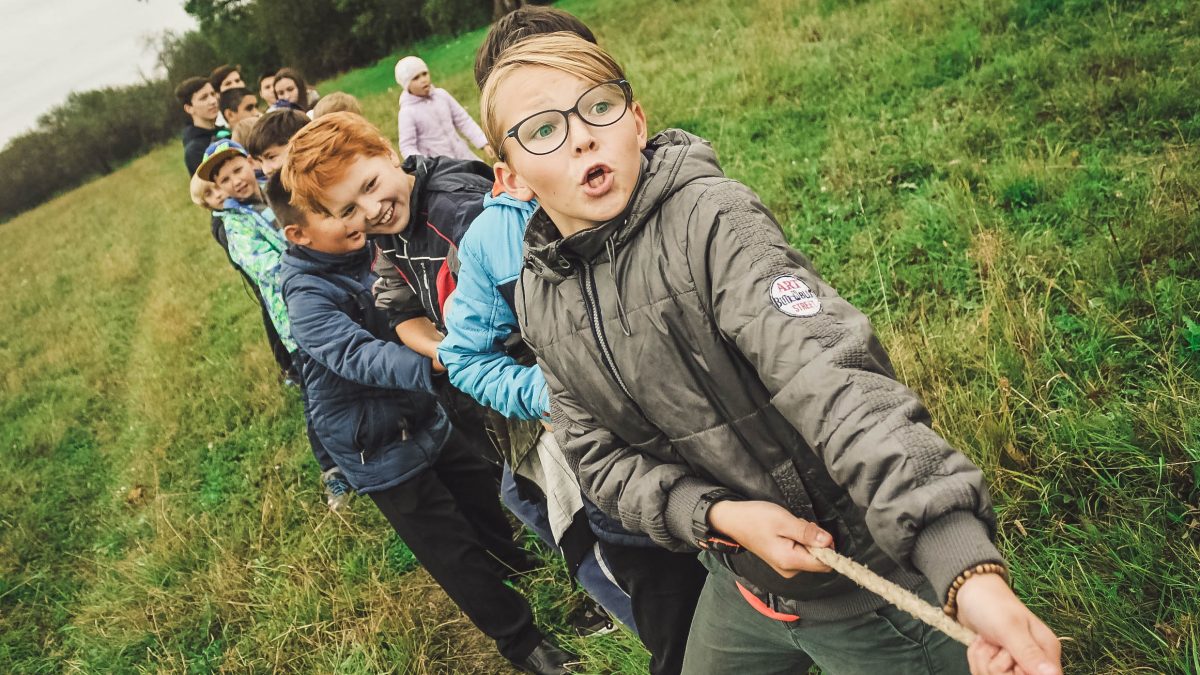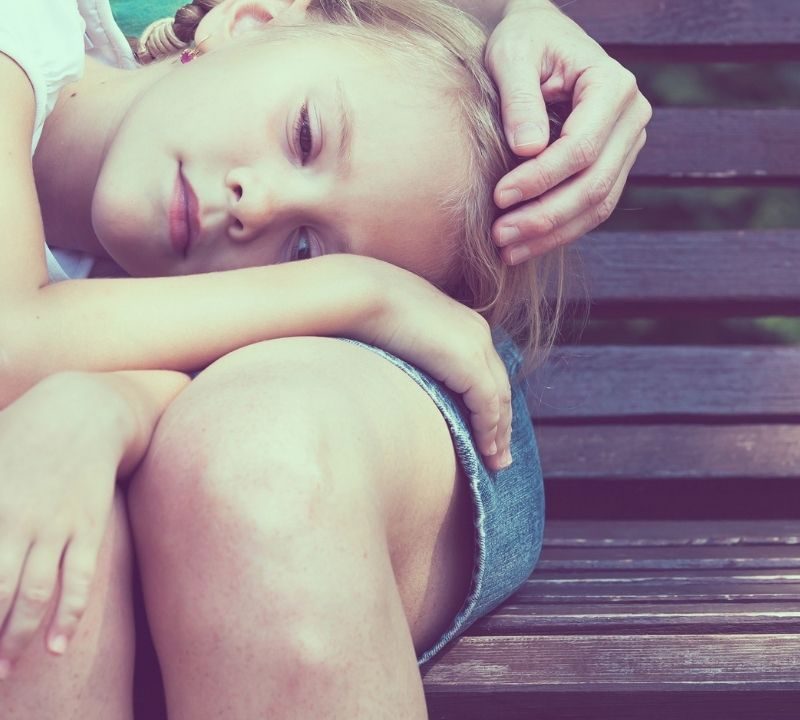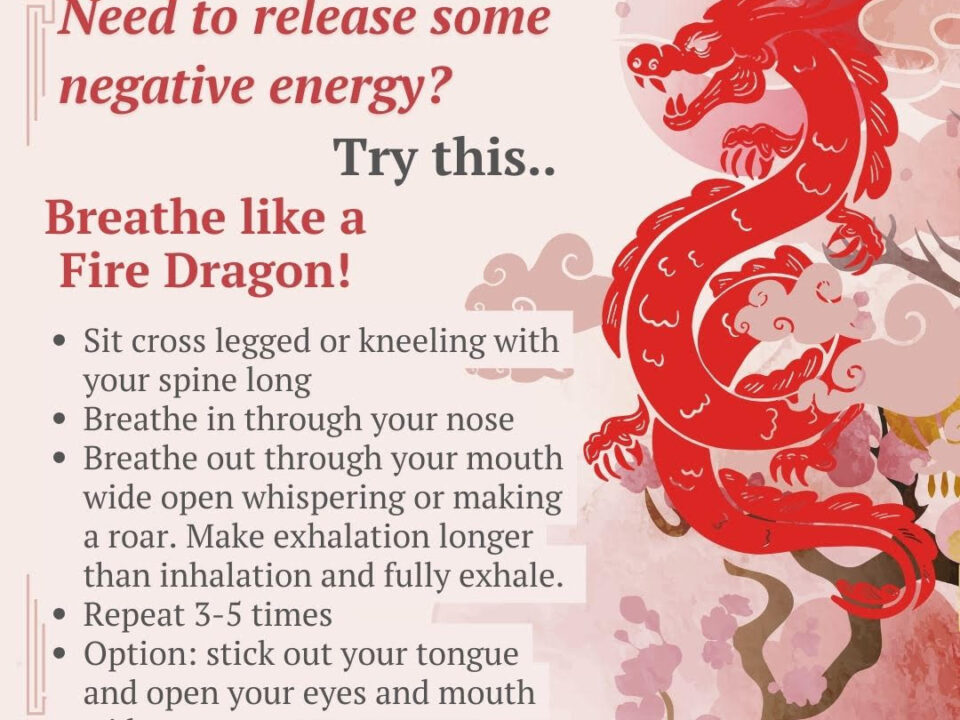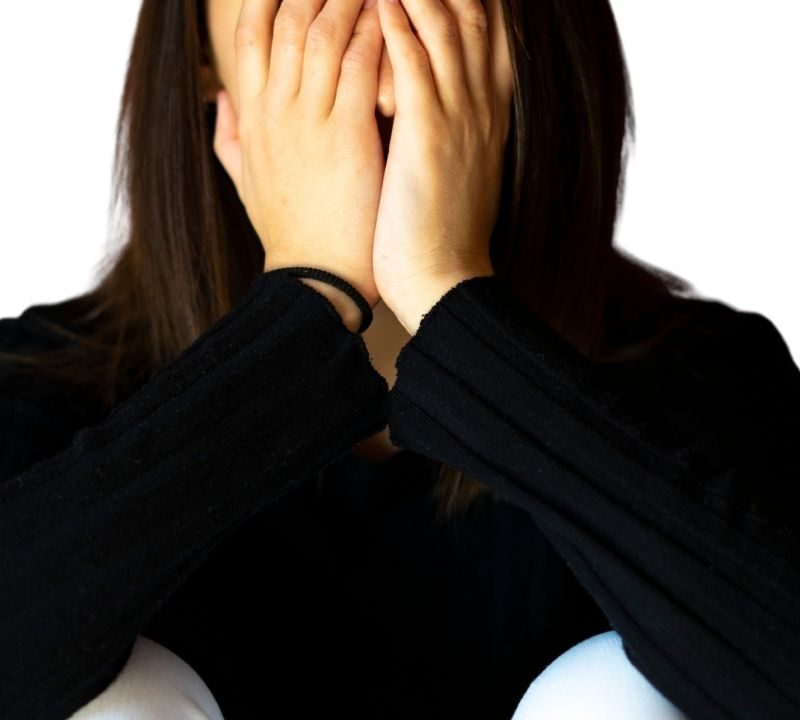
How to grow a good person
08/06/2020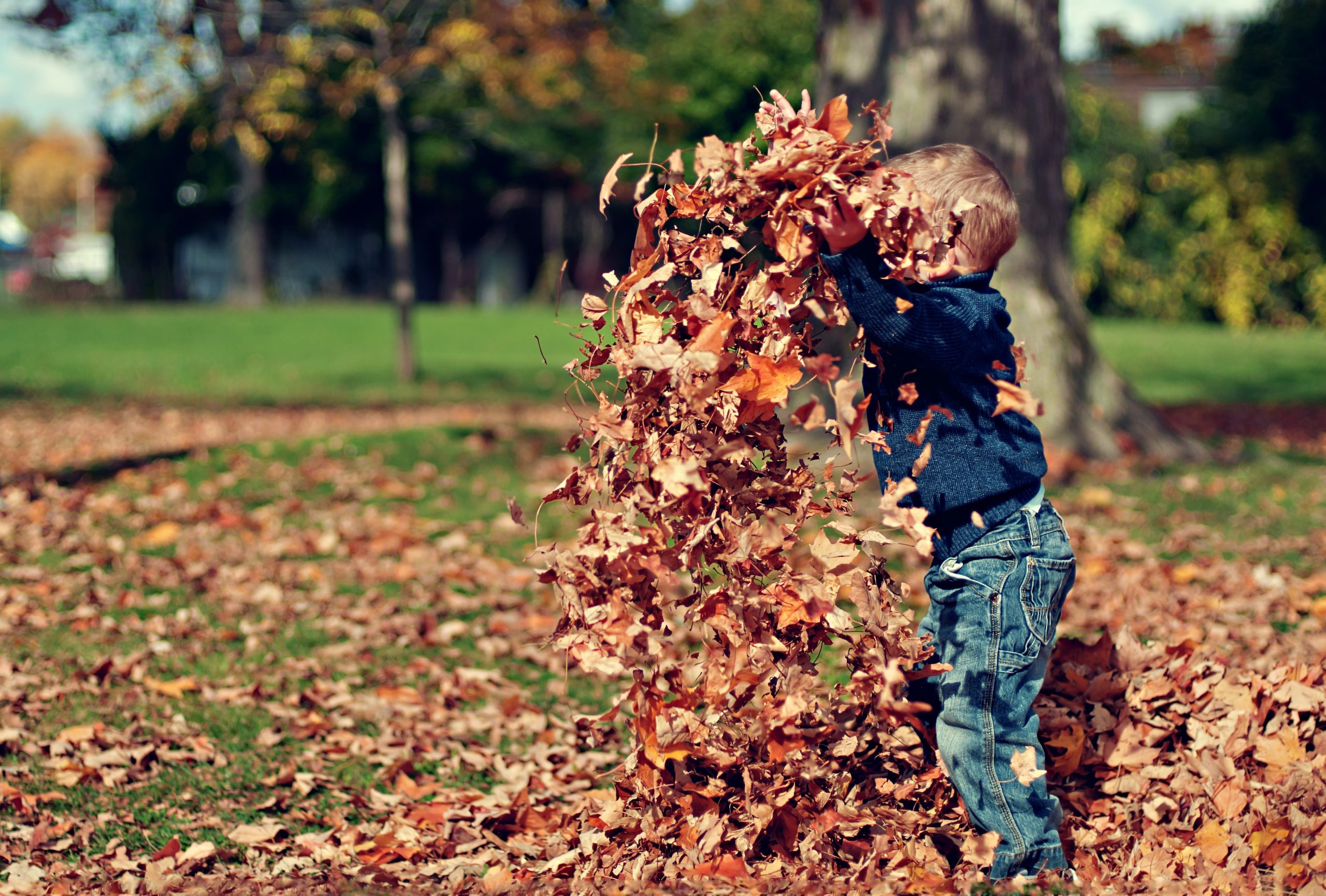
The Sacredness of Simplicity
08/06/2020Mental well-being… I am overjoyed that Pasi Sahlberg is in town to ignite the much-needed play revolution in Australia. Unstructured, unsupervised fun could be more beneficial for your child’s future than you realise.
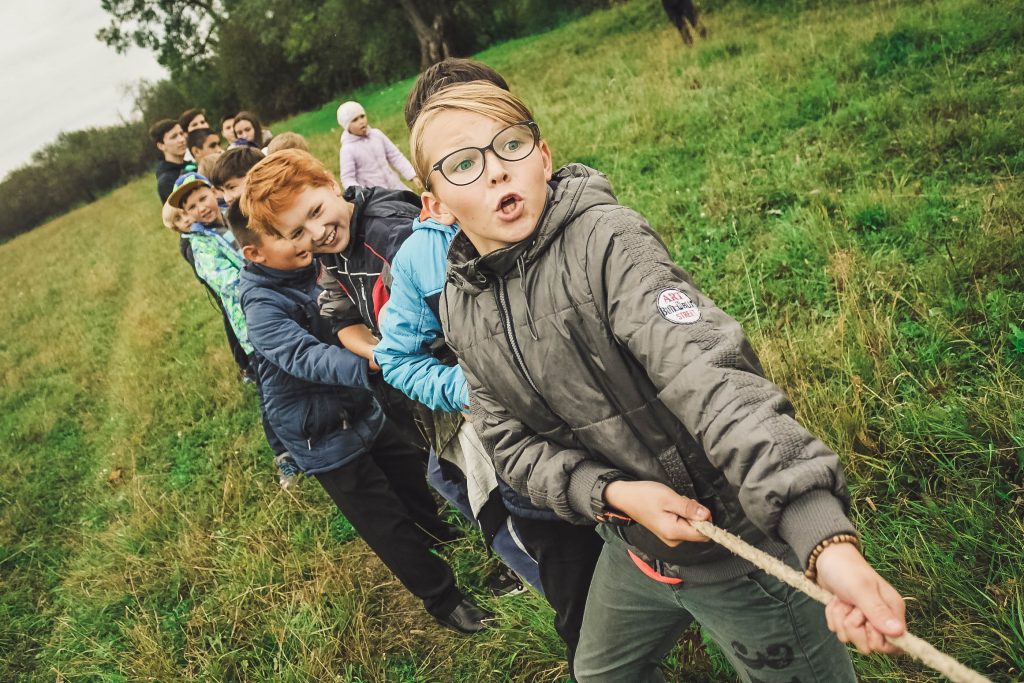
“What are your childhood memories?” leading British play expert Shelly Newstead asks.
I immediately think of playing in the garden, building cubbies out of cardboard boxes, climbing trees, unsupervised bike riding with friends from the neighbourhood, inventing adventure games and baking cakes in the sandpit.
Newstead, the managing director of Common Threads and creator of the successful Playtime! The project has done extensive research on play at home and in schools. She strongly believes in the significance of fun and play in children’s primary school years.
Free-range play, play that is chosen freely, personally directed and motivated intrinsically, is more important for a child’s development than tight timetables of structured after-school activities, play-dates and year-round organised sport.
Unfortunately, children’s innate need for free play is increasingly suppressed by helicopter parents obsessed with academic success. As play cannot be measured like academic tests or sporting competitions, its perceived value and relevance in a child’s development has diminished. Parents feel they need to provide an array of structured and adult-directed activities to raise smarter children. Stressed-out parents cargo their toddlers across town to take them to ‘Baby Einstein’ lessons, chess or language classes. Primary-school children participate in swimming squads at dawn and finish with art-appreciation classes at dusk.
Safety is also of paramount concern, resulting in parents who don’t let their children out of sight and don’t allow them to engage in risk-taking behaviour such as, for example, using a pocket knife to do wood carving. Author Lenore Skenazy says in her book Free-Range Kids that
“we are infantilising our kids into incompetence”.
Of course, it is wonderful that parents take such great interest in the achievements and wellbeing of their children. But it is also backfiring as children are not being given the freedom to develop their own interests and creativity.
As a consequence, playtime is limited and the “lifelong consequences for children can be more serious than we realise”, according to Peter Gray, a professor of psychology at Boston College. Everything from literacy and creativity to social acumen and mental health is suffering. Gray and many of his colleagues and educators assert that play is seen as a biological drive that teaches children basic survival skills and adaptability.
Free-range play is also the most natural source of happiness.
Instinctively, children like to play. They have an innate curiosity and a healthy sense for adventure, exploration and excitement. Play is the real learning playground, where children learn essential life skills such as social and emotional intelligence. Through interaction with their peers, children learn how to socialise, to show initiative and demonstrate leadership. They have to solve conflicts, learn about rules, negotiate and communicate ideas clearly.
Unstructured play enables children to find and pursue their own interests. It gives them the freedom to be who they are. It allows them to discover their likes and dislikes, strengths and weaknesses in their own time, which helps them master their lives independently. By contrast, structured play activities, where children work for grades and trophies conducted in an adult-directed environment, don’t provide the same sense of freedom. Teachers and coaches provide detailed instructions of how to play the game. Children are constantly being evaluated and activities are being spoon-fed, which can limit a child’s initiative and creativity.
Free play is about facing uncertainty, about being resourceful and about becoming risk-takers who make decisions for themselves. It is about learning through experiences and failure. If children don’t have the opportunity of exerting some control of their life circumstances, they may experience a lack of control over their lives, which can lead to anxiety and depression in young adulthood, according to Gray.
Unstructured and child-directed play teaches children intrinsic motivation, a skill that is difficult to teach directly in the classroom or in structured after-school activities.
As I look at my own children playing freely in the backyard, I understand what Newstead means by her assertion that children live in the here and now. I observe how immersed and alive my children are in their play. At dinner, my mud-faced children look relaxed, calm and immensely content with their doings of the afternoon – an afternoon in their childhood where they were allowed to just ‘be’ and which they might fondly remember in the years to come.
I ponder that D. H. Lawrence seemed to have got it right almost a century ago when he offered his advice on how to educate a child:
“First rule: leave him alone. Second rule: leave him alone. Third rule: leave him alone. That is the whole beginning.”
D. H. Lawrence
